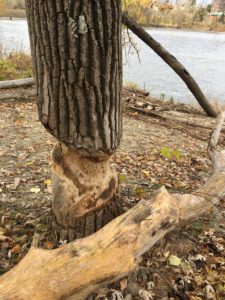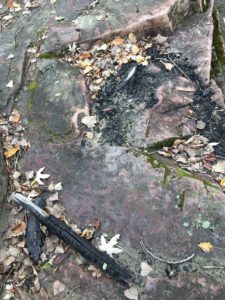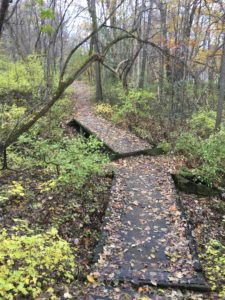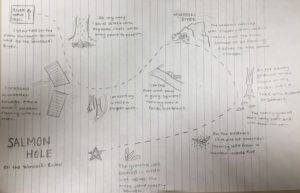Over Thanksgiving I was home in Northern Massachusetts. There was snow on the ground and still a lot of animals choosing to stay for the winter.
https://www.google.com/maps/place/13+Surrey+Rd,+Littleton,+MA+01460/@42.5272721,-71.4365523,19z/data=!3m1!4b1!4m5!3m4!1s0x89e396f92d1aef37:0xa0f3b5d4fcb4cea5!8m2!3d42.5272711!4d-71.4360051
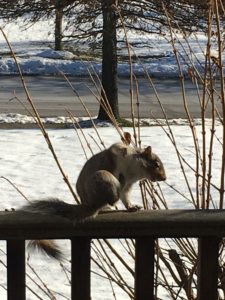
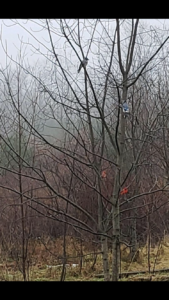
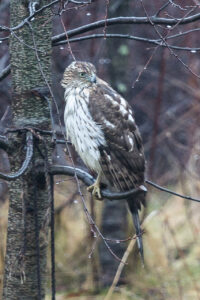
Behind my house is a large field full of tall grass, thorn bushes, wild flowers, and rocky outcrops, the field is frequented by a great variety of animals, both living and passing through. The many bird feeders surrounding the field bring in many birds and rodents, as well as the animas that chose to prey on them like foxes and hawks. On top of this, there are also the occasional deer and even turkey.
Leopold:
The movement of conservation was created for the inherent purpose of protecting the landscapes held dear to people. The usage of the land and for its aesthetic value that it holds by nature. As an individual, I appreciate this land, with its rocky outcropping, thorn bushes, wild flowers, and for every animal that frequents it. The nature of this land is in its integration with human life. Rather than a separation, its existence is surrounded and supported by the human residency that engulfs it. But in what ways must we consider how humans effect the lives of the wild world every day? The cardinals, blue jays, robins, chickadees, squirrels, and hawks depend on the feed laid out by people. The rabbits, foxes, deer, and turkey all depend on the land, just the time they pass through is a notable interaction, each leaving its own personal impact. But the question must be posed, how would the land be without us?
Wright:
The lands are different yet the same,
the same feeling and air, the people near.
The river flows through one,
tall trees sway with the wind, the wet ground is soft.
Another, with its sharp edges and rocks,
gravel and dry grass.
Threatening thorns lay menacingly.
The hidden creatures wander through,
calling to one another with the wind.

